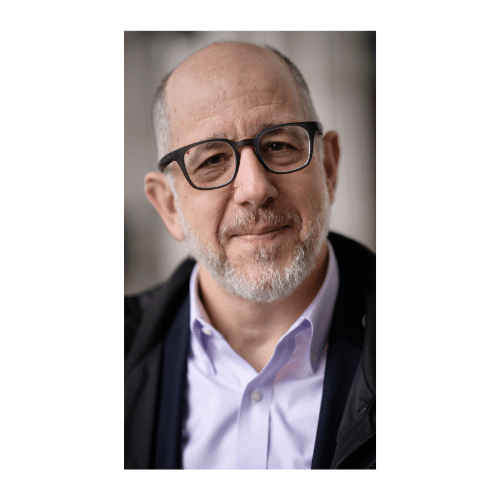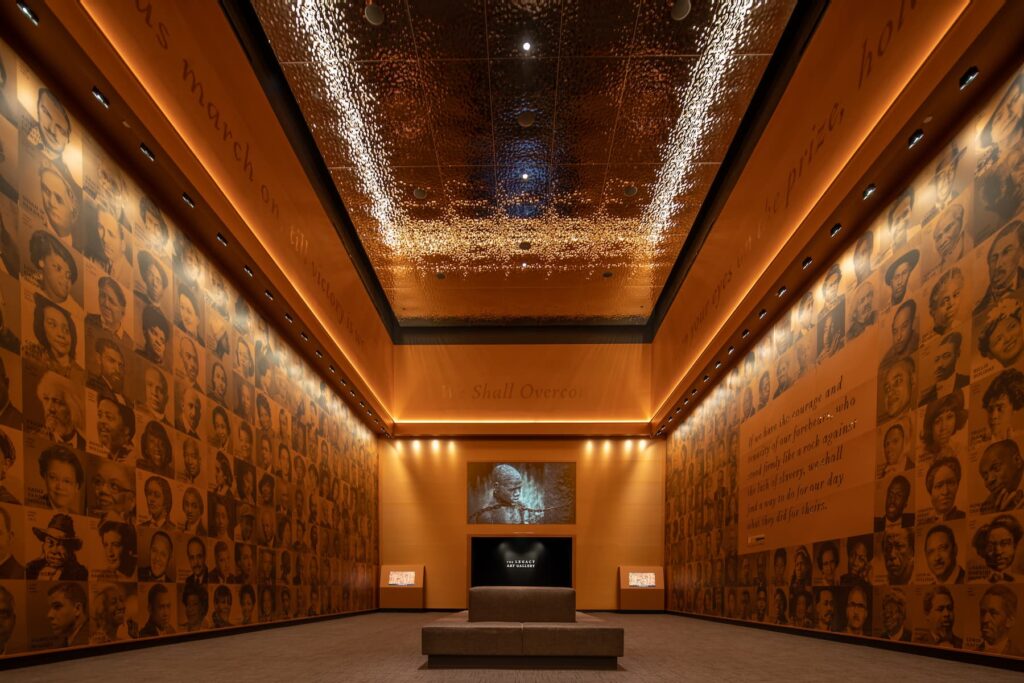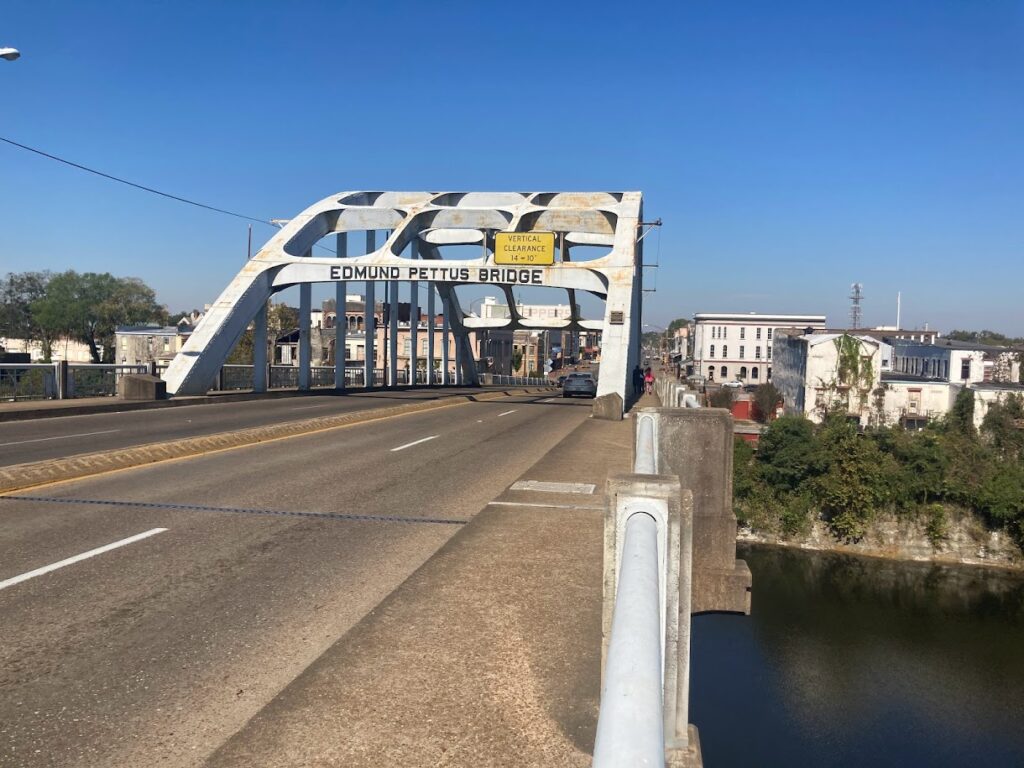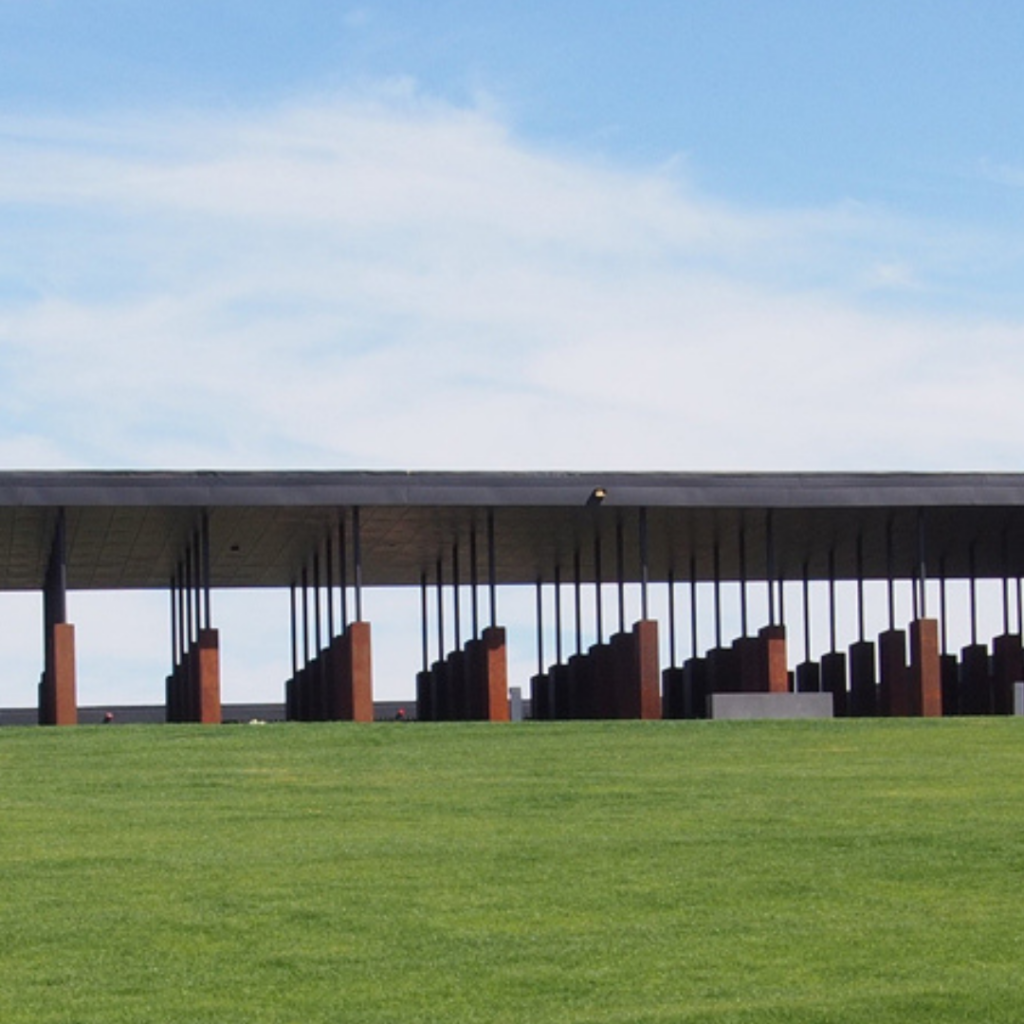
Mark Pinsky prepared this d’var Torah for the Reconstructing Judaism Board’s Executive Committee Meeting, March 9, 2023.

This week we are preparing for our movement’s Civil Rights Pilgrimage and the reckoning we hope it will bring.
Ki Tisa, “when you take,”our — parshat this week, offers a framework that is helping me — and might help you — prepare spiritually and emotionally.
Let me offer three ways:
First, Ki Tisa both challenges and guides us to right-size our relationship to God, or more broadly to the holy in all the ways we experience it. We can ask, who are we to God? And who is God to us?
Second, by showing us our human frailties, as well as moments of divine equivocation, it can help us move from fear and vulnerability to courage, trust, and community. Ki Tisa is a narrative of wrongs and repentance, empathy and antipathy, and passion and compassion.
Third, the census that starts the parshat is a beacon reminder that facts matter, that personal identity matters, that racial and ethnic realities matter, that differences and likenesses matter, and that we as a nation – as Israelites then and as Americans & Jews now – still are learning to see people as Torah teaches us: betzelem Elohim — in the image of God.
Ki Tisa both challenges and guides us to right-size our relationship to God , or more broadly to the holy in all the ways we experience it. We can ask, who are we to God? And who is God to us?
Mark Pinsky Tweet
The big, transcendent events of Ki Tisa — including Moses receiving the commandments, twice; Moses’s response to the golden calf; Moses challenging God to forgive his people; and Moses seeing God’s back — all dwarf our life experiences…and make us small and vulnerable beside them.
Let’s embrace our smallness as we prepare to take in the outsized, life-changing experiences that Montgomery, Selma, Birmingham, and Atlanta represent.
On our pilgrimage, we must try to reconcile divinity with humanity, holiness with hatred, understanding with expectations, and forgiveness with pain.

Rabbi Lewis Eron explains that the story of the golden calf “teaches us, through the negative example, that we cannot contain God by reducing God to man-made images.” He identifies the golden calf not only as a symbol of betrayal but also of “the overriding concern of the last portion of the book of Exodus: how can one relate to God without shrinking God to the limits of human insight and imagination?”
“The best we can do,” he explains, “is to build a place for God in our hearts, our homes, and our communities and pray that the place is filled with God’s spirit.”
That is what we hope to create as a community of 200 pilgrims.
When we visit the Edmund Pettus Bridge in Selma, we might imagine Moses — glowing — bringing Torah down the mountain a second time.
In that glow we might remember the multiple crossings — the first horrific time on Bloody Sunday; the second, symbolic prayer-crossing two days later; and, on March 25, 1965, the first steps of the transformative five-day voting rights march from Selma to Montgomery.
We then might dig into our reserves of patience-in-the-face-of-injustice as we remember the relentless and outrageous attacks on the voting rights that the march to Montgomery helped write into law.

Like our people anxiously waiting for Moses to return, we might wrestle with our faith as we stand in the indelible shadows of evil at the National Memorial for Peace and Justice, sometimes referred to as the lynching memorial, the Equal Justice Initiative’s Legacy Museum…and at the 16th Street Baptist Church in Birmingham.
At some point, many of us will come face-to-face with our own racism and our failings, no matter how much anti-racism work we have done — or perhaps because we have done that work. And we will try to learn how to learn from our mistakes, as we did at Sinai.
And so, we will reckon together, as our pilgrimage promises. And we will reckon alone.
God instructs Moses to take a census — Ki Tisa – of the Israelites and then pairs it with instructions for holy water and incense for the tabernacle. In what ways does counting belong not just in a list about holy ritual but in the first position?
Why does the Almighty limit the census to men ages 20 and older? Who is not being counted? And why?
Why does God instruct Moses to collect half a shekel per man for personal expiation, the same amount for poor and rich people? Ramban called it “a soul’s ransom.” Today we could call it a regressive flat tax.
Who will do the counting? When will they deliver results?
Or is the census not so much about the results as it is about the process? Is the work of taking a census holy?
Why does God instruct Moses to collect half a shekel per man for personal expiation, the same amount for poor and rich people? Ramban called it “a soul’s ransom.” Today we could call it a regressive flat tax.
Mark Pinsky Tweet
What resonates for me is that taking a census is one way of taking stock of a community — its assets and liabilities, its strengths and weaknesses, its opportunities and vulnerabilities, its mitzvot and its unholy acts.
The voting process for Reconstructing Judaism’s Reparations Resolution helped us take stock of where we really stand in relation to our organizational aspirations on racial justice.
Taking stock is also one definition of a reckoning. When I hear “reckoning,” I always think about Joan Didion’s warning that sooner or later we all must lie down in “that most uncomfortable bed, the one we make ourselves.”
“Selma was a reckoning,” President Biden said four days ago in his commemoration of Bloody Sunday. “The right to vote, to have your vote counted, is the threshold of democracy.”
Heather Cox Richardson wrote that evening that Bloody Sunday “is the story of Americans determined to bring to life the principle articulated in the Declaration of Independence that a government’s claim to authority comes from the consent of the governed.”
The assault on voting rights in 2020… just as in 1965… just as in 1789… is a betrayal of that leveling American ideal.
It is a racial assault and always was racial… and it is racial and more. Like slavery since 1619, the voting inequities written into our constitution are at its core an assault on ourselves, our best selves. We are diminished by the fact that we live in a system of government that is built on a hollow promise, much as we are responsible for an economy and a society built on a stolen beam.

How many reckonings will it take? After our pilgrimage, we hope it will take fewer than it does today. And I pray that we the American people will soon understand — before it is too late — that meaningful reparations for slavery, a national reckoning, and transformative racial equity throughout all of our systems, structures, and relationships may well be the last, best hope for our democracy.
“I tremble for my country when I reflect that God is just, and that his justice cannot sleep forever,” Thomas Jefferson (of all people) wrote.
Did Jefferson the writer, leader, and president tremble too for the people he enslaved and abused? Jefferson the slaveowner lived in unforgivable violation of his public proclamations of equality.
In theory, there is no difference between theory and practice, but in practice there is.
We are going on our pilgrimage to experience just a slice of what America’s failure in practice did – and still does – to our noble national self-image in theory.
What will we learn from our pilgrimage? What will we feel and experience when the places we visit, the people we meet, and the things we witness with brutal honesty take root in our consciences?
“Only once people are unstuck can they envision new worlds or be open to new ideas,” Rabbi Rachel Kahn-Troster teaches.
The Israelites at Sinai turning to an idol, she says, is evidence that, “the experience of the exodus has not freed them from their need for safety and security, nor from their old ways of thinking.”
Over the past eight years, we have witnessed – with horror and disapproval – Americans worshiping another profane golden idol, this one inflamed by cruel contempt for our nation’s enduring yet fragile legacy of democratic values and egalitarian aspirations.
“Memory believes before knowing remembers,” William Faulkner wrote.
Moses must learn not to lead “from fear,” Kahn-Troster says, or to “respond to the Israelites with vengeance.”
“In order to really move forward,” she writes, “there has to be a shared acknowledgement of what happened and how to prevent it from happening again.”
Going on our racial justice reckoning — 200 people strong — how different are we really from the Israelites at Sinai? How different can we be?
And while the movement as a whole will learn and grow stronger from our reckoning together, our real challenge is to learn from our personal reckonings. That is the invitation I am choosing to take from the Reconstructionist Movement.
Mark Pinsky is a member of Reconstructing Judaism’s Board of Governors.
Read here about the Reconstructionist movement’s call for reparations and teshuvah.







